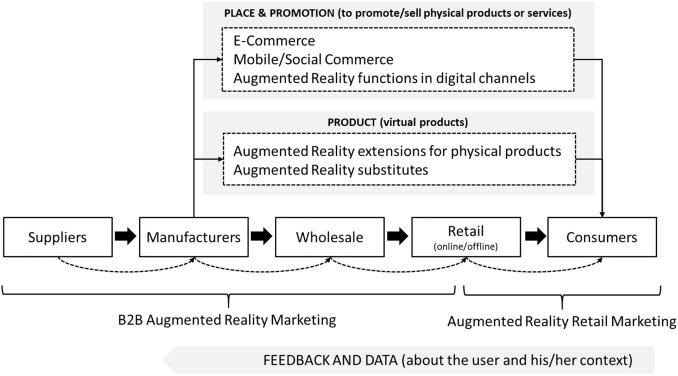10 Inspiring case Studies on Successful Inclusion Strategies in teh workplace
Inclusion in the workplace is no longer just a buzzword—it’s a business necessity. As organizations navigate global markets and diverse talent pools, fostering inclusive workplaces ensures not only compliance with legal mandates but also deeper employee engagement and innovation. In this article,we explore 10 inspiring case studies that highlight successful inclusion strategies in the workplace,offering valuable lessons for leaders committed to cultivating diverse and equitable work environments.
Why Are Inclusion Strategies Essential in Today’s workplace?
- Attract and retain top talent: Employees are increasingly seeking organizations that value diversity and inclusion.
- Boost creativity and innovation: Diverse teams bring unique perspectives leading to more effective problem-solving.
- Enhance brand reputation: Companies known for inclusion appeal to both customers and future employees.
- Increase employee satisfaction: Inclusive cultures support well-being and reduce turnover.
- Drive better financial results: Businesses with diverse workforces often outperform those lacking inclusion.
10 Inspiring Case Studies on Successful Inclusion Strategies
1. Microsoft: Empowering Neurodiverse Talent
Strategy: Microsoft developed a Neurodiversity Hiring Program specifically tailored for candidates with autism, ADHD, and other neurological differences. The process minimizes customary interview challenges,focusing rather on skills assessments and team projects.
Outcome: The program substantially improved recruiting and retention rates for neurodiverse tech talent,resulting in groundbreaking innovations,higher team productivity,and increased awareness of unique strengths.
2. Accenture: global mental Health Inclusion Initiative
Strategy: Accenture launched an extensive mental health campaign, providing free counseling, destigmatizing mental health issues through leadership storytelling, and rolling out complete mental health support globally.
Outcome: Accenture saw a 30% increase in employee utilization of mental health resources and a notable reduction in mental health-related stigma across its offices worldwide.
3. Starbucks: Equity-Focused Hiring and Advancement
Strategy: Starbucks committed to actively hiring refugees, veterans, and opportunity youth while also focusing on pay equity across all demographics. They regularly publish transparency reports and set community hiring goals.
Outcome: this resulted in over 25,000 veterans and military spouses hired and a enduring pipeline of young talent from underserved communities. Their gender and racial pay equity has also set industry benchmarks.
4. SAP: Autism at Work
Strategy: SAP pioneered the Autism at Work initiative, integrating neurodiverse professionals into teams with dedicated managers, mentorship, and tailored onboarding processes.
Outcome: Over 180 neurodiverse employees have joined SAP offices worldwide, impacting software quality testing, cybersecurity, and innovation.
5. Sodexo: Gender Balance and Inclusive Leadership
strategy: sodexo enforced a minimum threshold for gender diversity in management teams and rolled out unconscious bias workshops for all leaders.
Outcome: Gender-balanced teams at Sodexo outperformed less-diverse teams in employee retention, client satisfaction, and financial performance.
6. Deloitte: returnship Programs for Women
Strategy: Deloitte introduced returnship programs helping women professionals re-enter the workforce after career breaks, offering tailored training, mentorship, and coaching.
Outcome: The retention rate of thes professionals is over 85%,boosting gender diversity,especially in leadership tracks.
7. Johnson & Johnson: Employee Resource groups (ERGs)
Strategy: Johnson & johnson runs a wide range of Employee Resource Groups focusing on cultural diversity, disabilities, LGBTQ+ inclusion, and more. ERGs receive funding and leadership backing.
Outcome: ERG participation has enhanced mentorship, increased representation in management, and driven inclusive policy development.
8. Google: Bias Interruption Training
strategy: Google implemented company-wide unconscious bias training for all employees,embedding it into hiring,promotion,and product design processes.
Outcome: Data shows a measurable improvement in diverse hiring and a more inclusive company culture. Teams become increasingly aware of biases in day-to-day decisions.
9. Marriott International: Inclusive Hiring of People with Disabilities
Strategy: Marriott developed partnerships with disability inclusion organizations, redesigned job descriptions for accessibility, and provides ongoing job coaching for employees with disabilities.
Outcome: Recruiting and retaining team members with visible and invisible disabilities contributed to award-winning service and strengthened company values.
10. IBM: Religious and Cultural Inclusion
strategy: IBM established multi-faith prayer rooms, flexible work adjustments for religious observances, and inclusive holiday policies to accommodate employees’ diverse faith needs.
Outcome: Employees report higher satisfaction and trust, with cultural inclusion cited as a factor in IBM’s recognized status as a top employer globally.
Key Takeaways: the Benefits of Successful Workplace Inclusion Strategies
- Better employee engagement—when people feel valued and heard, they’re more invested in their teams and mission.
- Attracting top talent—inclusive workplaces appeal to a broader candidate pool and improve employer branding.
- Innovation and competitiveness—diverse teams bring fresh ideas, driving better solutions and market relevance.
- Greater financial performance—companies prioritizing diversity and inclusion frequently outperform their peers.
Practical Tips to Start Building Inclusive Workplaces
- Assess current culture: Use anonymous surveys and DEI audits to identify blind spots and opportunities.
- Provide ongoing training: Roll out unconscious bias, cultural competency, and inclusive leadership programs regularly.
- Create inclusive policies: Align all employment policies with equity best practices, including flexible work arrangements.
- Empower Employee Resource Groups: Actively support ERGs with resources, leadership support, and clear channels to influence policy.
- Track and share progress: Commit to transparency through regular reporting on diversity and inclusion outcomes.
Conclusion: Inspiring Inclusive Change Across Workplaces
The case studies above clearly demonstrate that implementing effective inclusion strategies in the workplace unlocks far-reaching benefits for organizations and individuals alike. From empowering neurodiverse talent to championing mental health and disability inclusion, these stories show that inclusive workplaces are not only possible but essential for long-term success.
Every institution—nonetheless of size or industry—can take practical steps to foster a more inclusive environment where all employees thrive. Start by learning from these leaders, commit to action, and witness the transformation in your team’s motivation, innovation, and overall business performance.
If you’re ready to develop your own inclusion strategy, take inspiration from these real-life examples and get started today!

